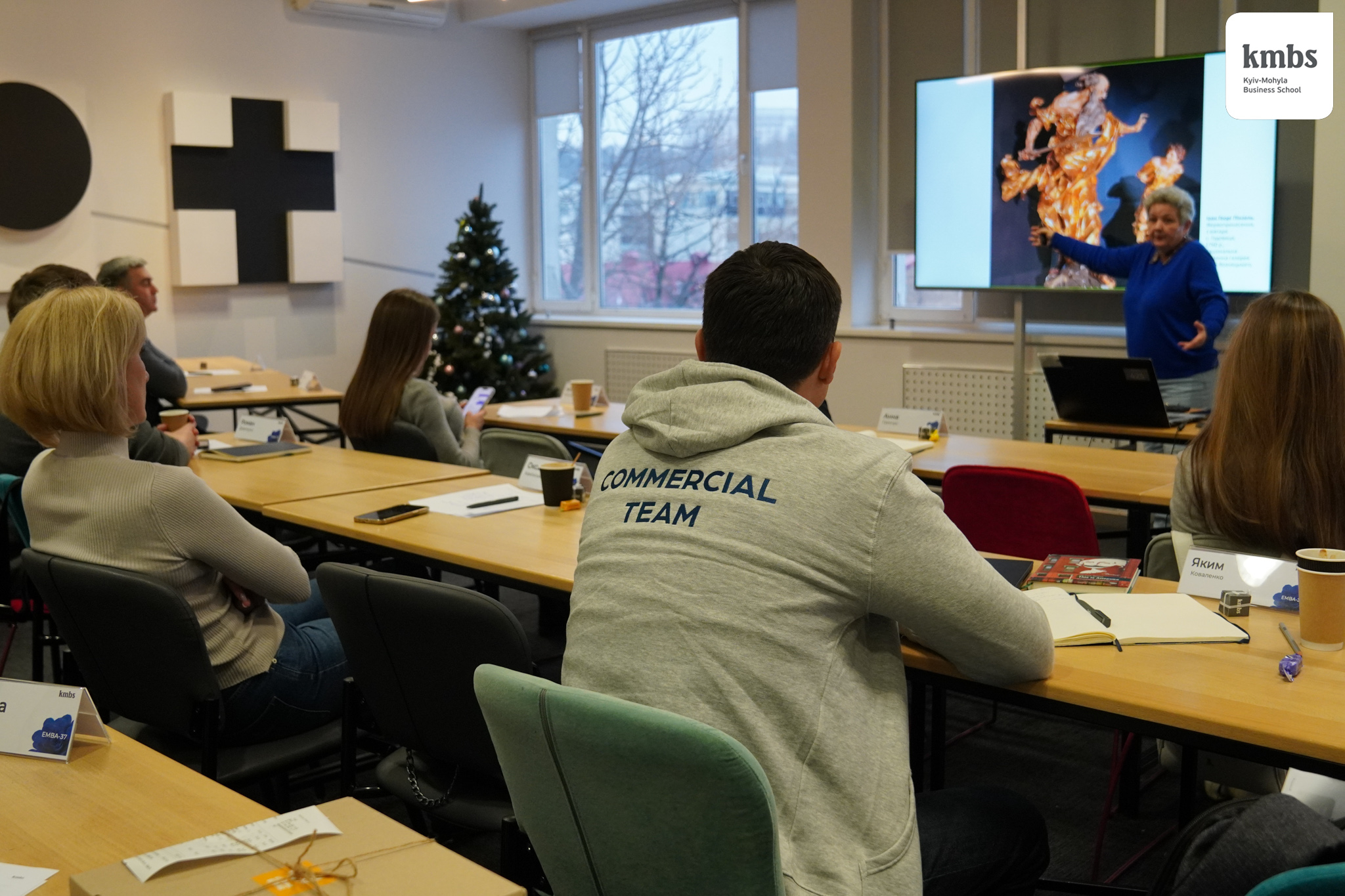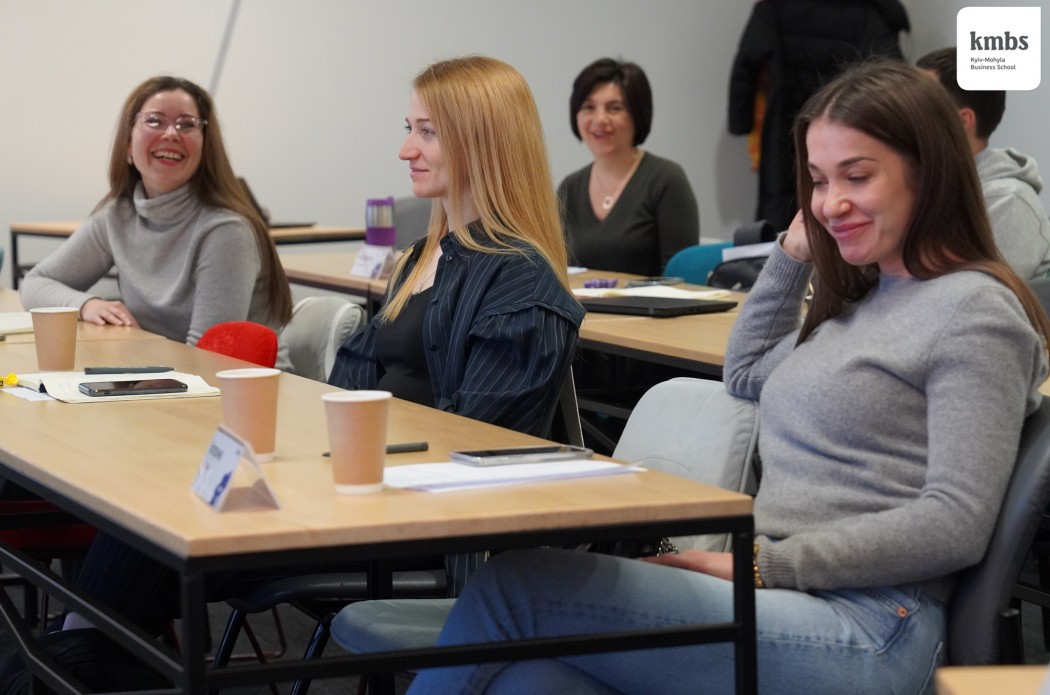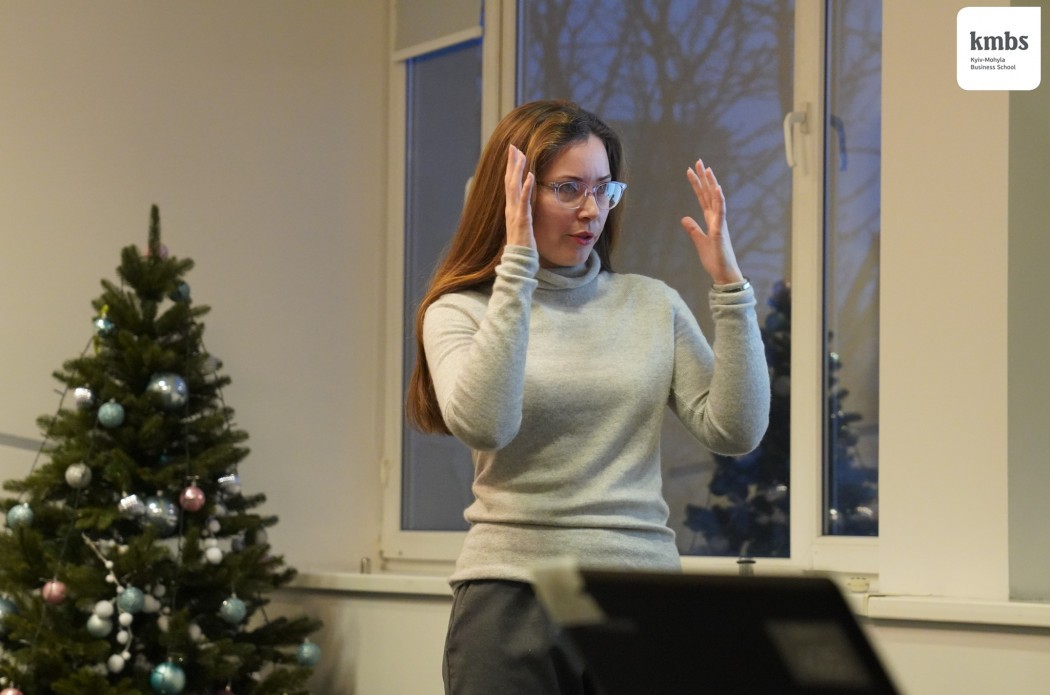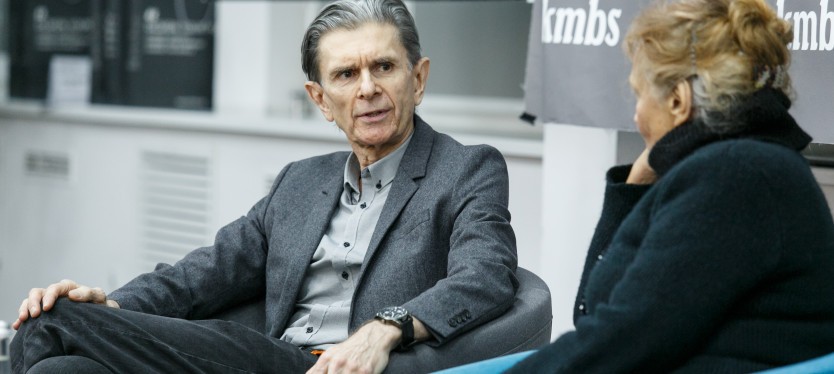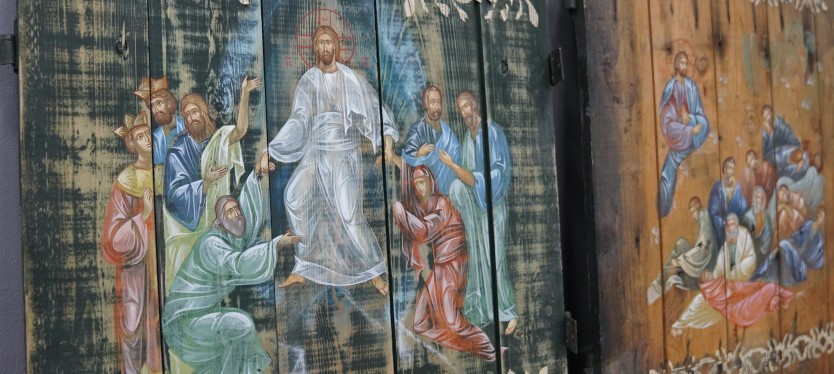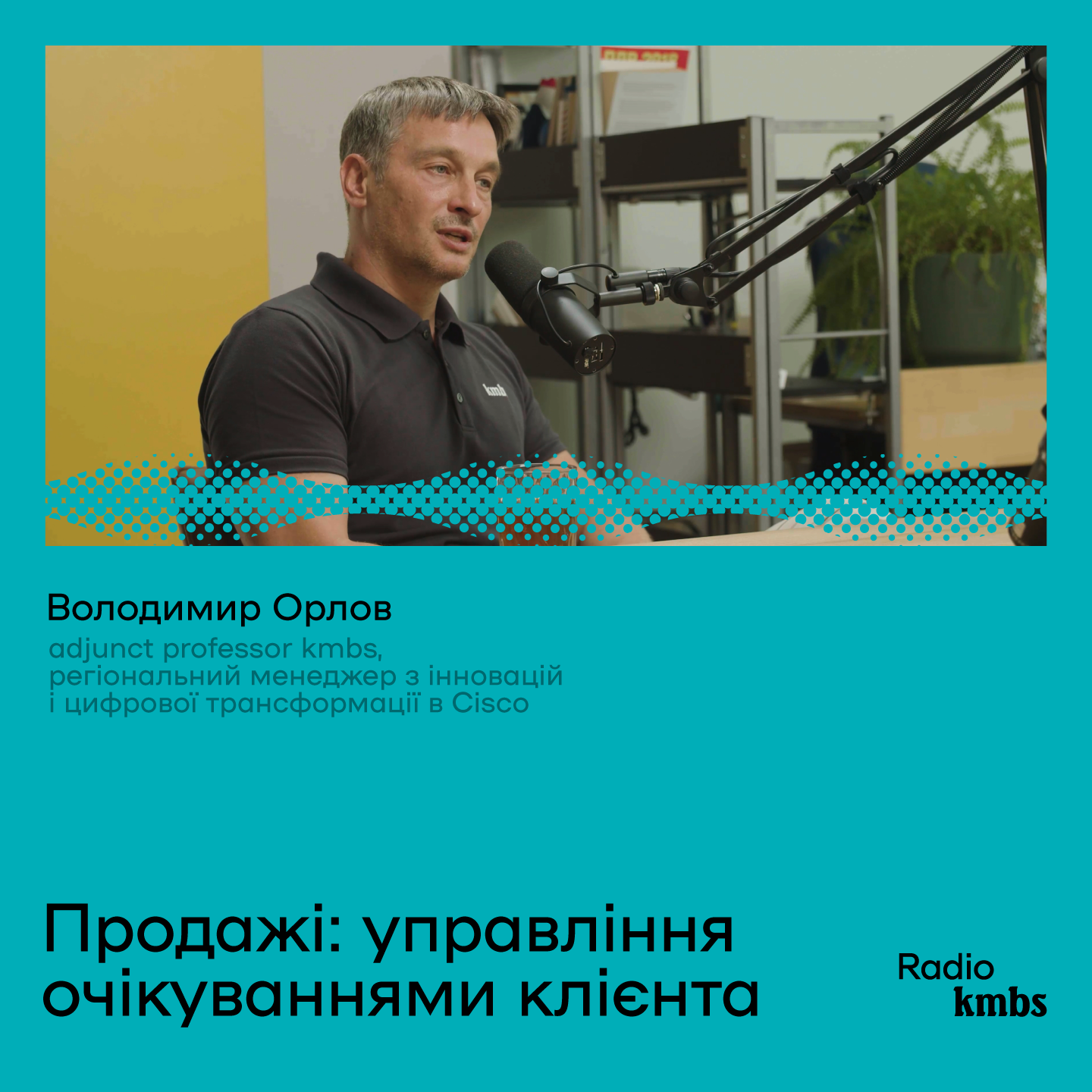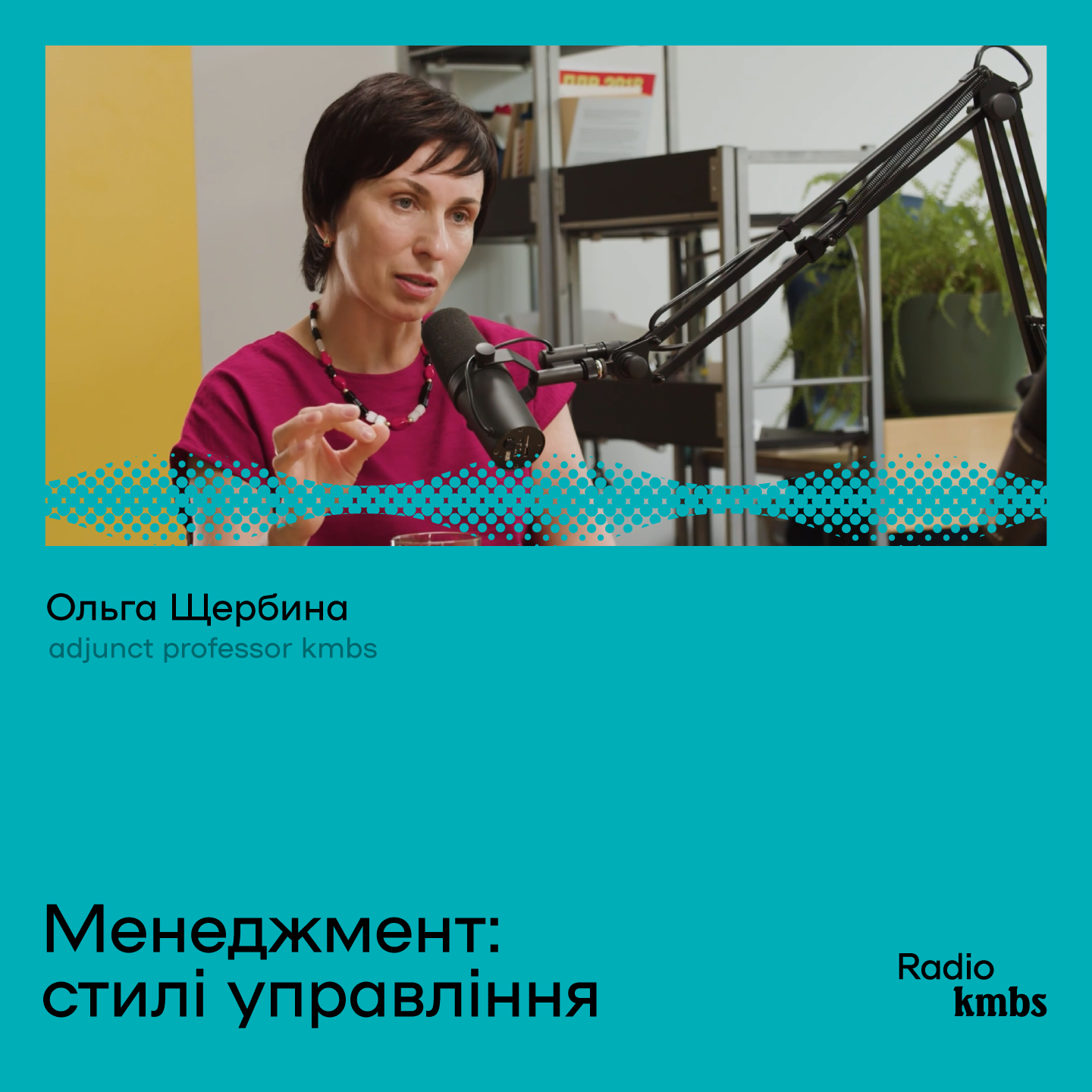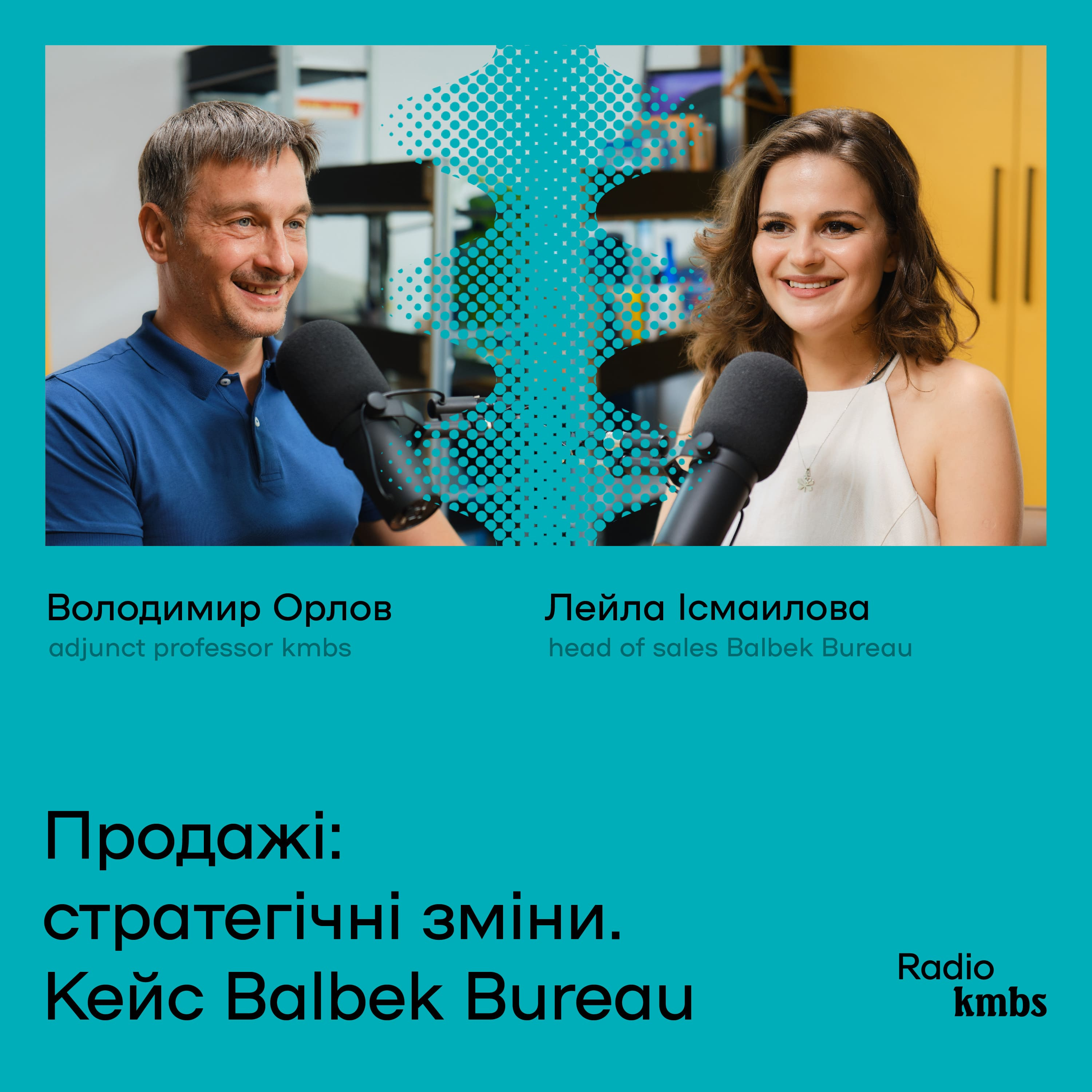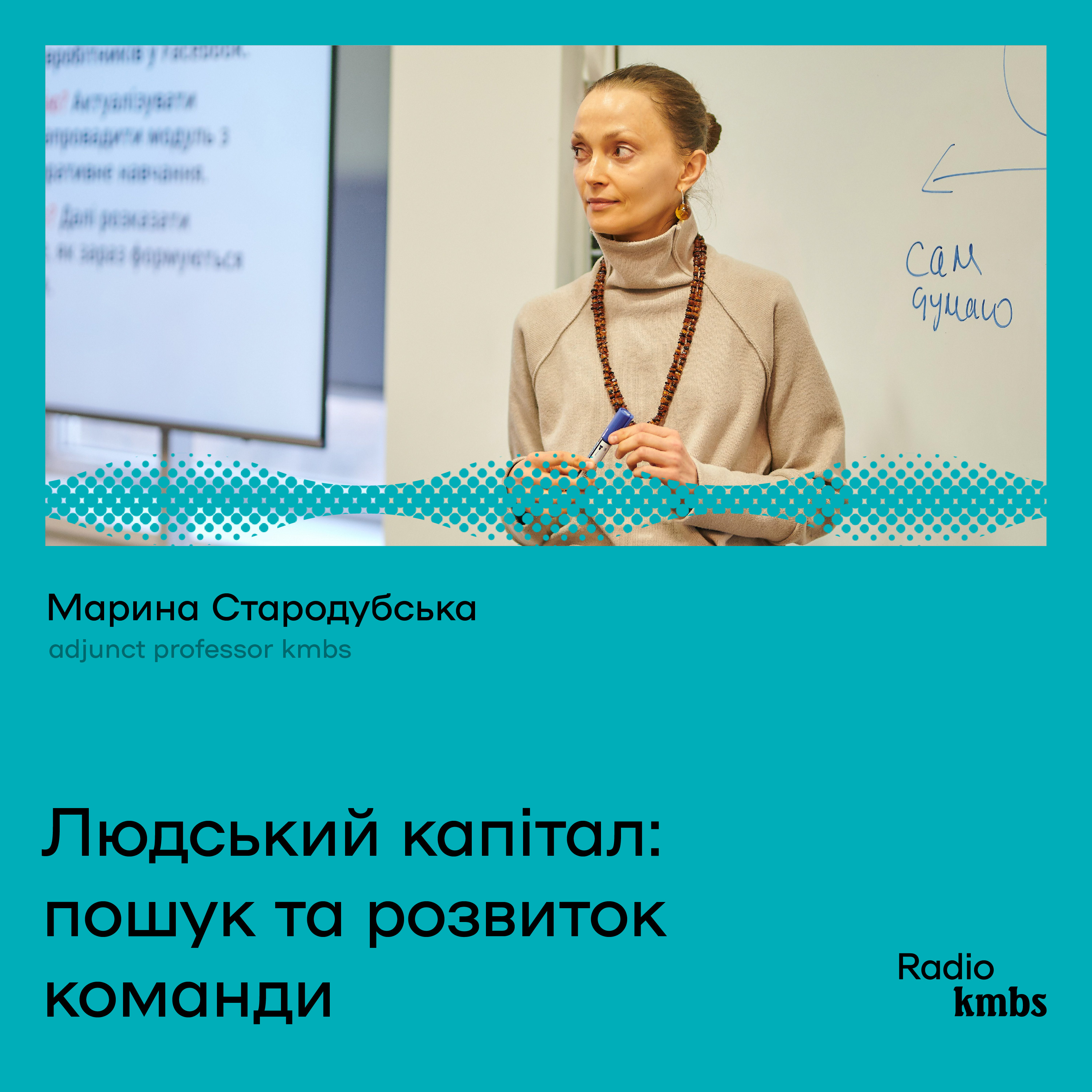What does the Kyiv-Mohyla Academy have in common with St. Peter's Cathedral? How does the color of Van Gogh's paintings relate to social engineering? The answer to both questions: the work of a strategic idea.
Before the creative practice course, the Executive MBA (EMBA-37) participants received a task from art critic Diana Klochko: to prepare a photo depicting an embodied idea that impressed you personally. There were Leonardo da Vinci's Mona Lisa and Pierre-Auguste Renoir's Woman with an Umbrella, photos of the phenomena of the conquest of Everest and the expansion of space. Behind each of the pictures was a personal story and a great idea.
One of the EMBA participants chose the painting "Potato Eaters" by Vincent van Gogh. Despite the dull depressive colors and sad facial expressions, the family, which tastes potatoes, makes a positive impression. They take care of each other. They are happy with modest food. They are tired after working together, two generations of the family gather at the same table and celebrate life. The de Groot family (depicted in that picture) know how to convey: you can be happy in a quiet everyday life. The participant shared his impressions. The simplicity of a simple life, worthy of your work and the place where you are — this is an inspiring idea of Van Gogh.
After a series of corrective questions by Diana Klochko: "Isn't the anthem of poverty? And don't you think that the colors of the picture reproduce the color of potatoes? And the shapes of the bodies here are also a bit like potatoes, eh?", The attitude to the plot on the canvas of the group "moved." Yes, it's still an idea of longevity and heredity, but not family. We become what we eat. We are likened to what we consume. The idea that eventually sounded: all our experiences are formed from the outside — it is also embodied in "Potato Eaters."
An exciting and lively discussion of ideas realized in works of art and transformed in the experiences of those who interact with works of art — it began with a thorough lecture by Diana Klochko "The Way of the Idea Abroad: Michelangelo, Caravaggio, Bernini, Pinzel and Royburd." Ms. Diana talked about working with a strategic idea, tracking specific art history cases, how a person comes to a particular idea, how the idea spreads in different contexts, and the mechanisms to scale the concept.
The art cases analyzed in the lectures are tensely worthy of an excellent adventure-detective series — for example, the dome of the Cathedral of Santa Maria del Fiore.
Florence claimed to be a city of artists and, for this purpose, built a magnificent cathedral — a symbol of the greatness of human talent. For almost forty years, Santa Maria del Fiore stood without a dome. Filippo Brunelleschi set to work, promising the city authorities that the crown would be erected from the inside, that any scaffolding would not cover the cathedral, and that it would look good during construction. It was a radically new construction technique. He built a dome: light, octagonal, made of brick. It was assembled from puzzle faces and fixed with an architectural lantern at the top. This flashlight from above impressed the imagination of contemporaries. This has never happened before. What's more: you could climb that dome, the flashlight was something like an observation deck, the Florentines got a new perspective, a new angle of view of the city.
Michelangelo's mission was to transfer technology from unique to universal — such as the dome-with-flashlight. He recreated the dome of Brunelleschi but added windows light, making it look lighter and more elegant. The crown of St. Peter's Basilica in Rome has since become a symbol of belonging to the Catholic Church. It was a robust scaling of the idea: it turned from archaic to industrial.
The same dome with a lantern adorns the Church of the Annunciation of the Kyiv-Mohyla Academy, which is almost literally visible from the windows of kmbs. Why did the "Catholic" dome end up here? It was a clear message of loyalty and involvement: the Greek-Latin Academy, integrated into the European world, is not at enmity with Catholics, but together with Western Europe forms a common idea. The flashlight on the dome at this time is no longer just a successful architectural solution but a symbolic message, a cultural code.
Using such unobvious examples, kmbs participants had the opportunity to trace how ideas are formed and scaled, to capture the moment when an idea becomes a message about the world's readiness for transformation. And finally, the main thing in the work of ideas is the person who forms the picture and is inspired by it.

